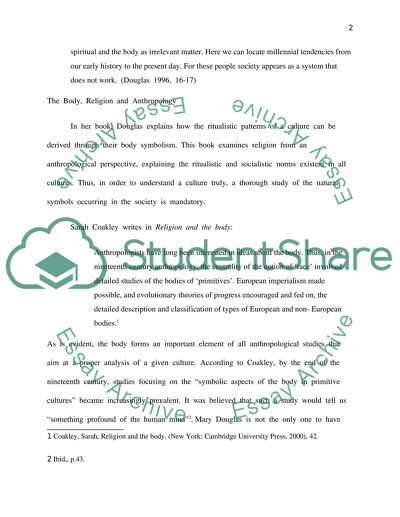Cite this document
(“MARY DOUGLAS' NATURAL SYMBOLS Research Paper Example | Topics and Well Written Essays - 1750 words”, n.d.)
Retrieved from https://studentshare.org/anthropology/1428071-mary-douglas-on-natural-symbols
Retrieved from https://studentshare.org/anthropology/1428071-mary-douglas-on-natural-symbols
(MARY DOUGLAS' NATURAL SYMBOLS Research Paper Example | Topics and Well Written Essays - 1750 Words)
https://studentshare.org/anthropology/1428071-mary-douglas-on-natural-symbols.
https://studentshare.org/anthropology/1428071-mary-douglas-on-natural-symbols.
“MARY DOUGLAS' NATURAL SYMBOLS Research Paper Example | Topics and Well Written Essays - 1750 Words”, n.d. https://studentshare.org/anthropology/1428071-mary-douglas-on-natural-symbols.


